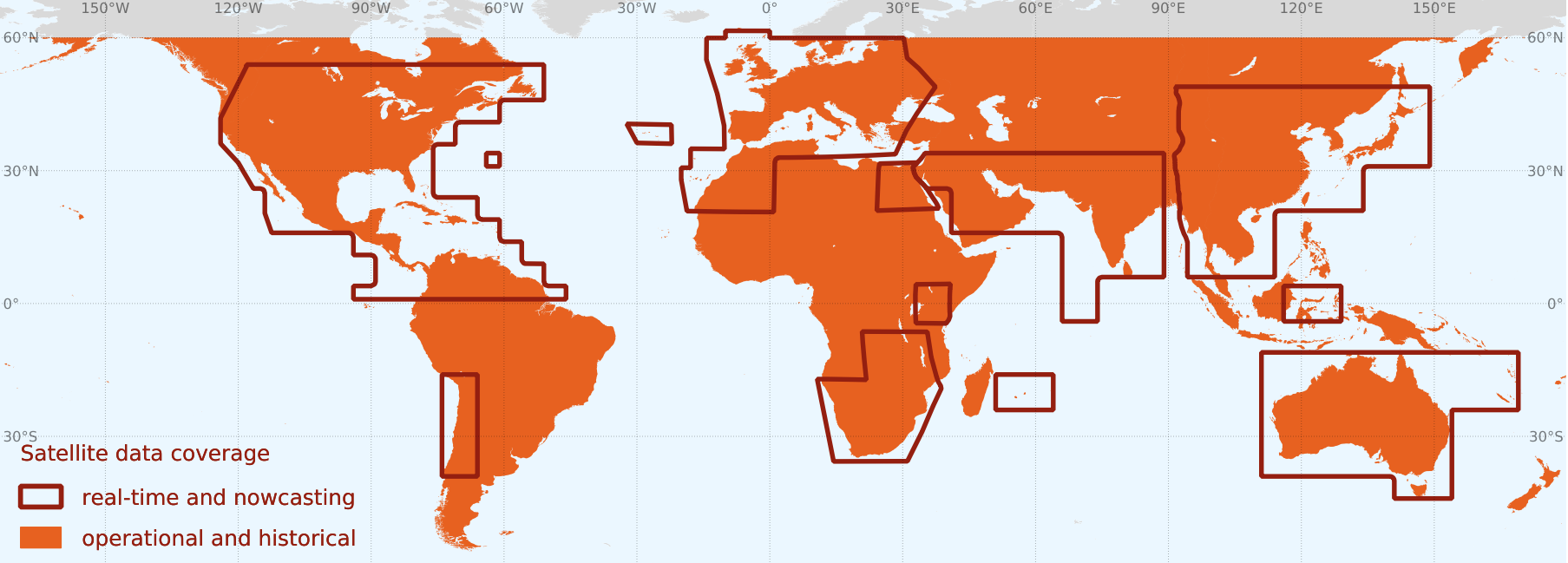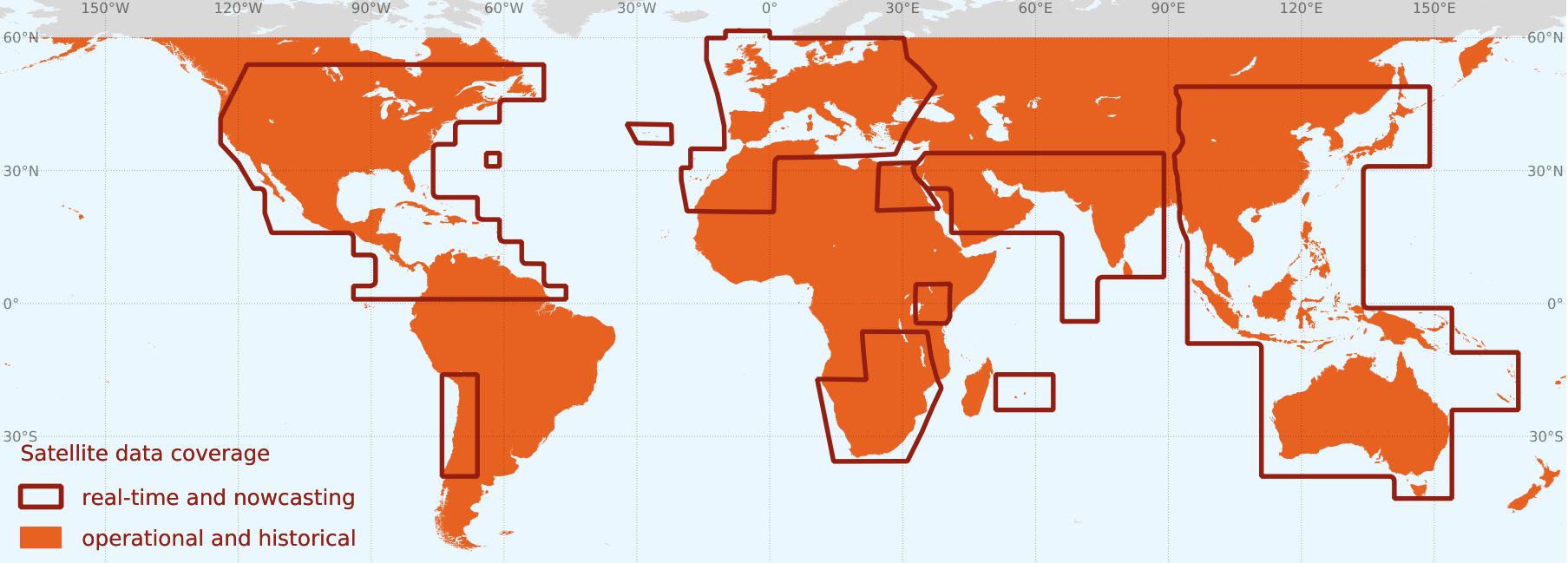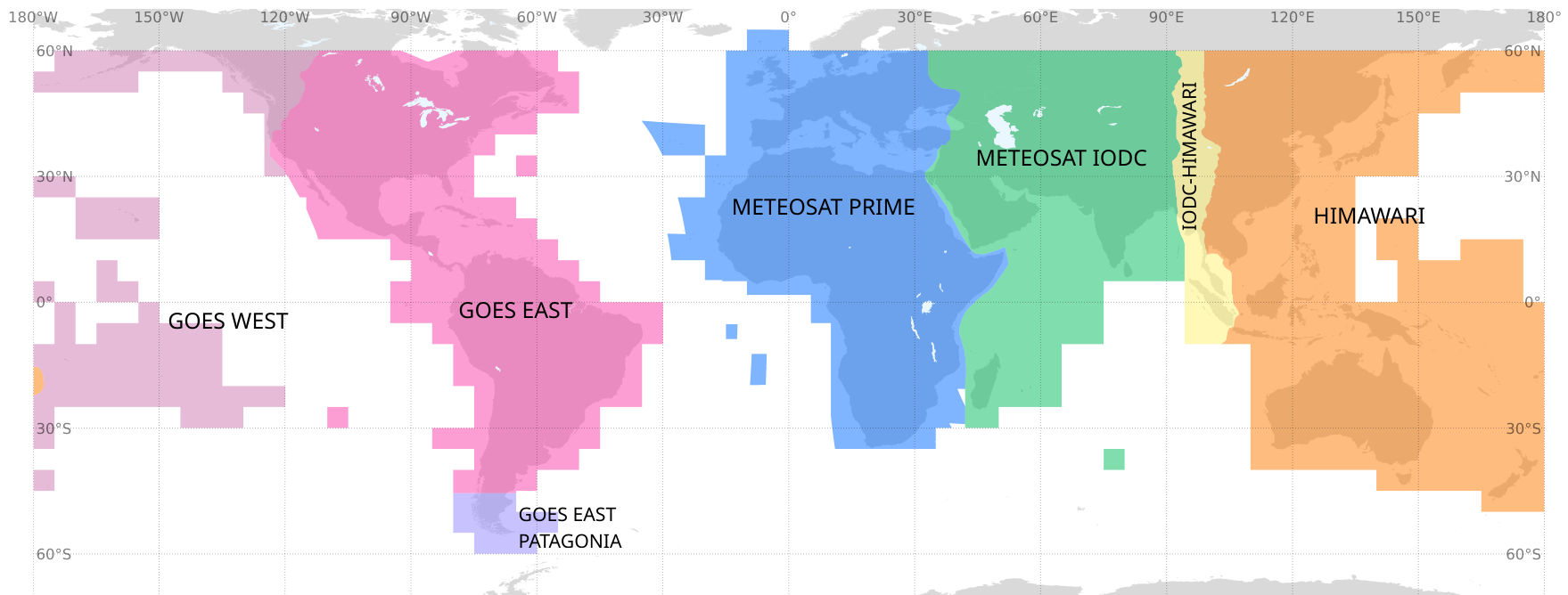| Table of Contents |
|---|
...
- Data Delivery Web Service - the main service for accessing Solargis time series data. Both request and response is an XML document. The request parameters (XML elements and attributes) are formally described by XML Schema Definition documents (XSD). By using the schema, request or response can be verified programmatically. For this service, we provide two endpoints - the REST-like endpoint, and the SOAP endpoint. Look for more technical information here. Authentication and billing is based on API key registered with the user. Please contact us to discuss details, set up trial or ask for a quotation.
- pvPlanner Web Service - this simple web service provides monthly long-term averaged data (including yearly value) of PV, solar and meteorological data with global coverage. The service is aimed for prospection and pre-feasibility. By sending an XML request the user mimics the click on the Calculate button in the interactive Solargis pvPlanner application. Request and response for the service is not described in this user guide. More information can be found here.
...
Current spatial coverage of satellite data available through the API. In the orange regions the satellite data is updated every day (so that DAY-1 is available, see below table for exact timing). Regions outlined by the dark red polygons are updated every 30 minutes (the satellite real-time and the nowcasting data are available up to the current moment plus additional 5 hours ahead). Main data parameters include GHI, DNI, DIF (calculated parameters GTI, PVOUT). | Map of satellite data regions. |
...
| Note |
|---|
Timestamps used in the XML response comply with the ISO 8601 standard for date and time representation https://en.wikipedia.org/wiki/ISO_8601. Time stamps are also aware of time zone (offset from UTC). Time zone designators are appended after the the time part of timestamp string. If the time is in UTC (https://en.wikipedia.org/wiki/Coordinated_Universal_Time), Z is added directly after the time without a space. Z is the zone designator for the zero UTC offset e.g., 2017-09-22T01:00:00.000Z . If there is an offset from UTC, this is designated by appending +/-HH:MM after the timestamp string, e.g., 2017-09-22T01:00:00.000-05:00 (UTC-5). |
...


